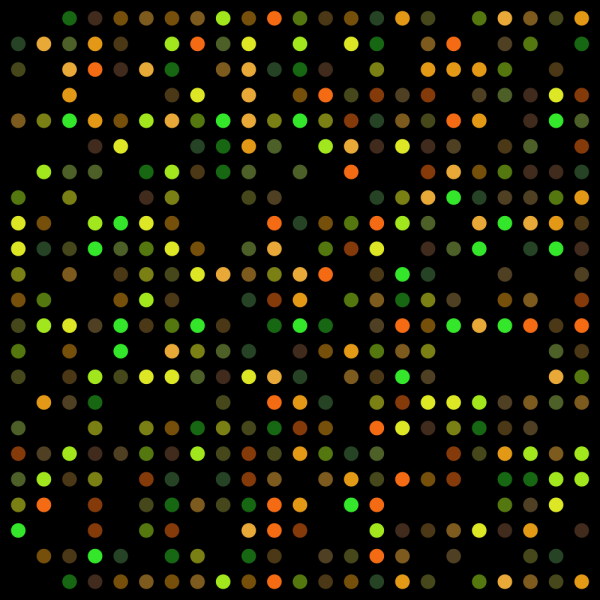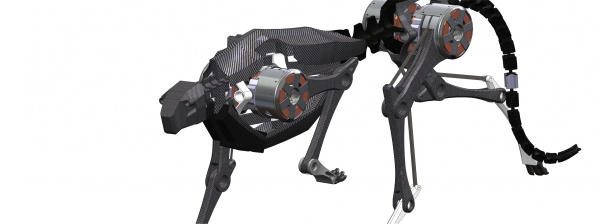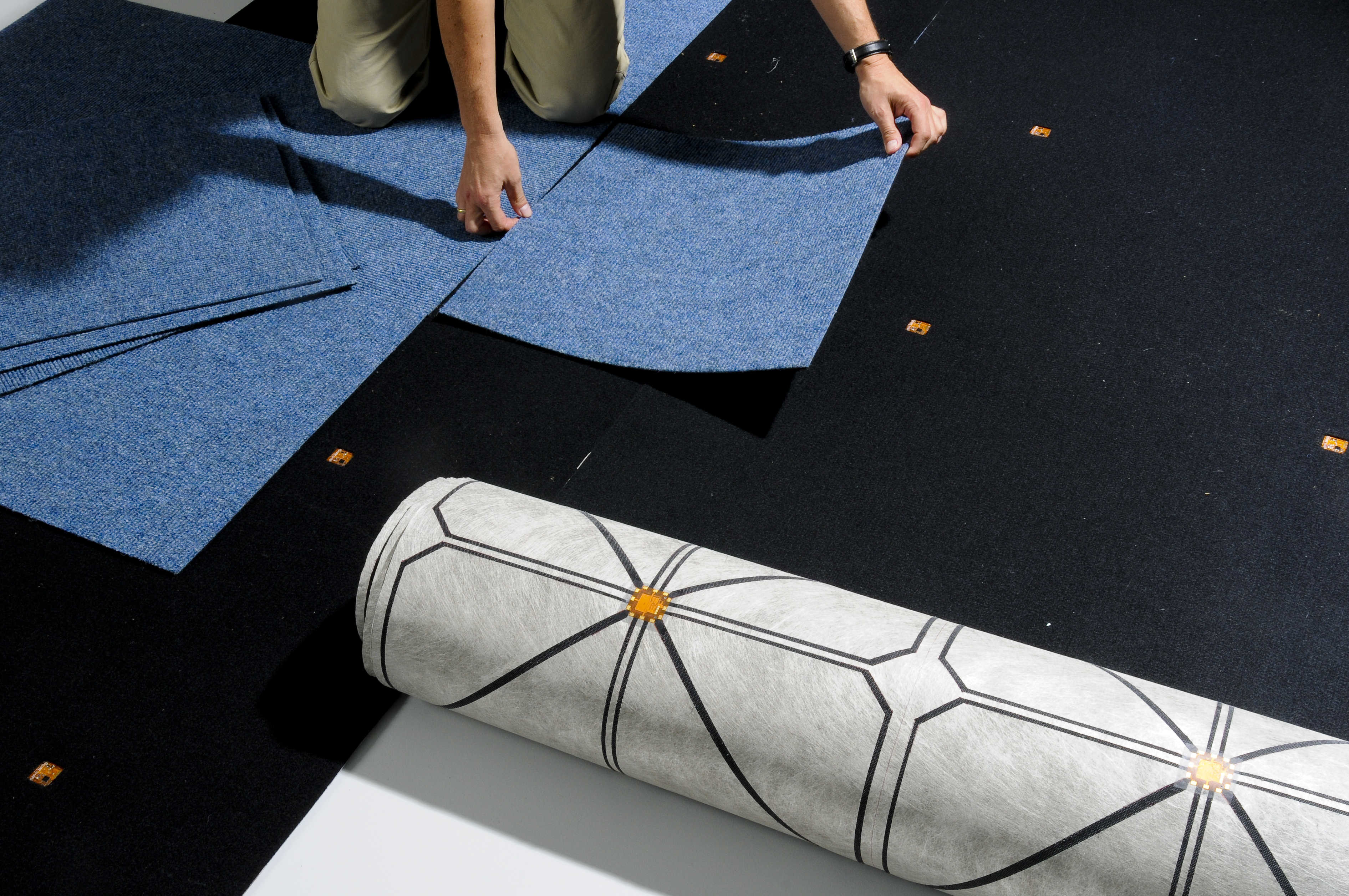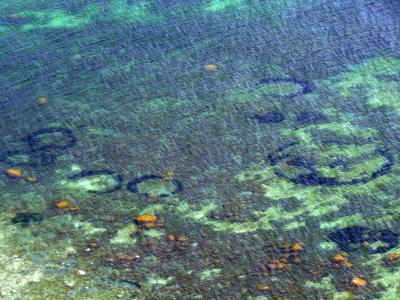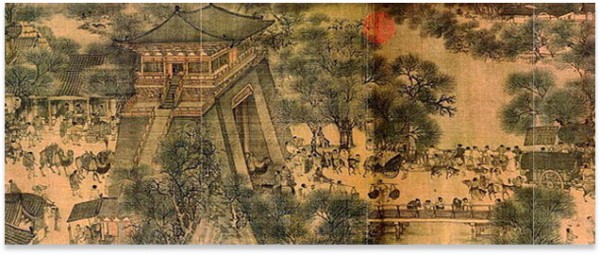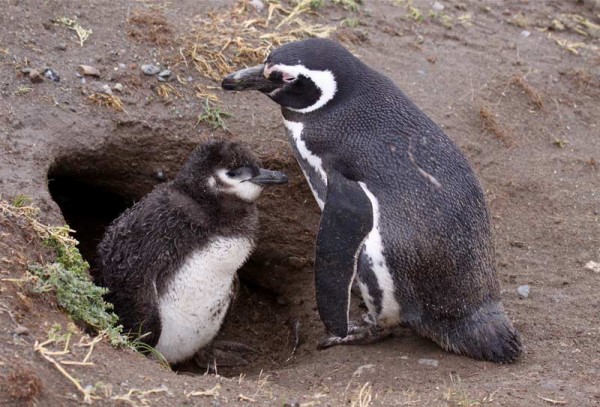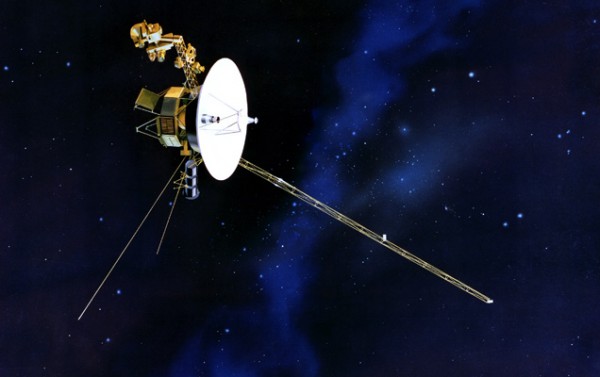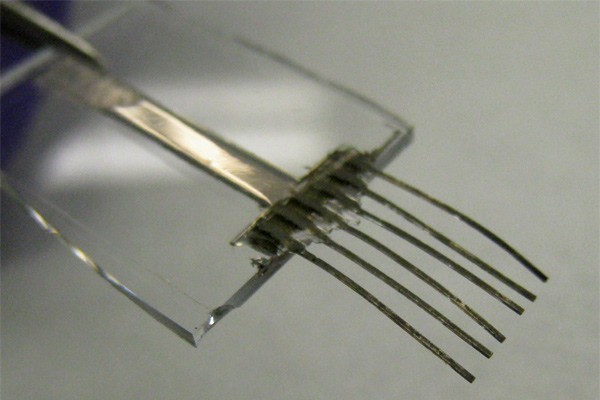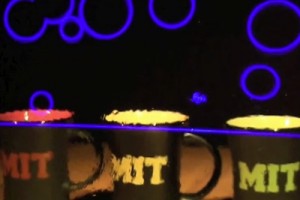
Trapped Electron Reveals Its Mass
Science, February 2014The mass of an electron appears prominently in many of the fundamental laws that govern the subatomic realm, yet direct measurement has been complicated by the particle’s scrawny mass. Now, a team of physicists has overcome this challenge to produce the most precise electron mass measurement ever made.
